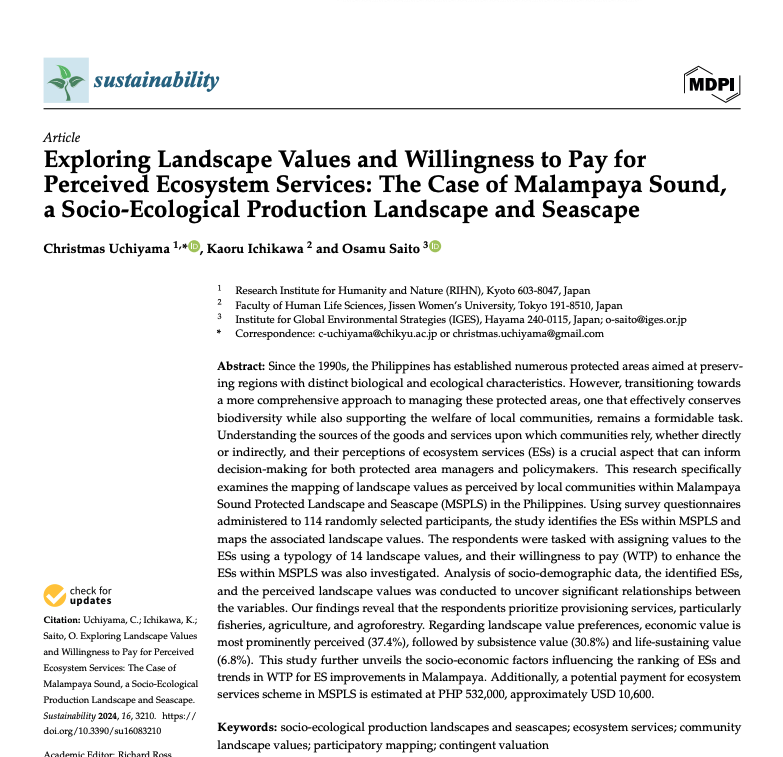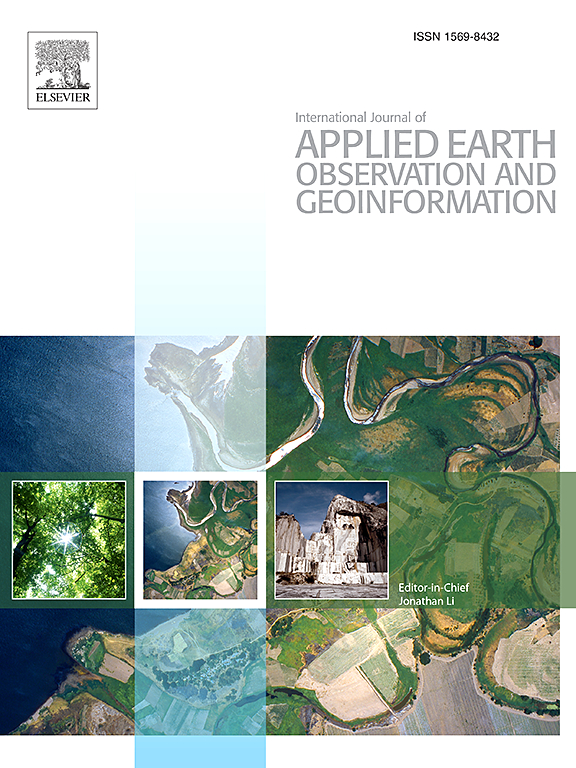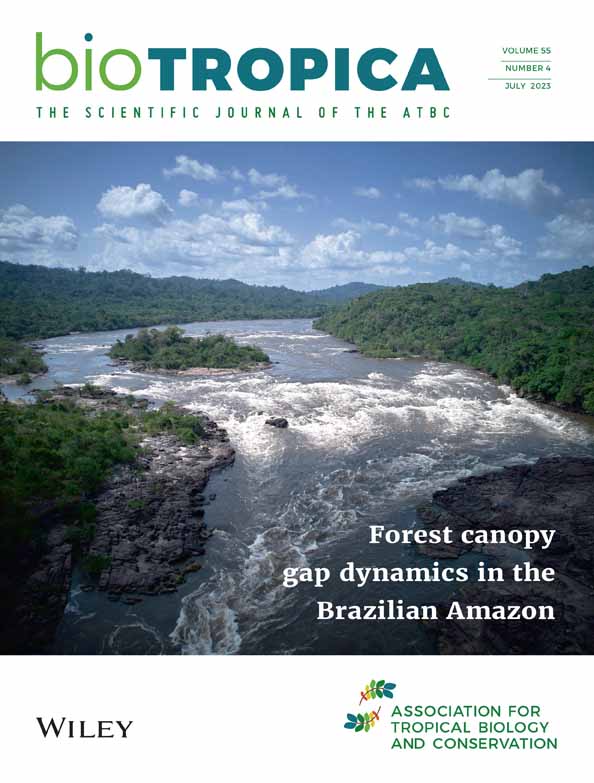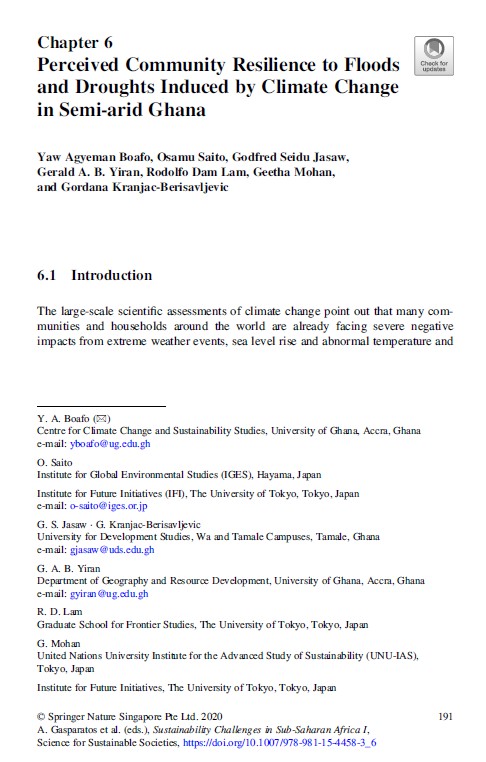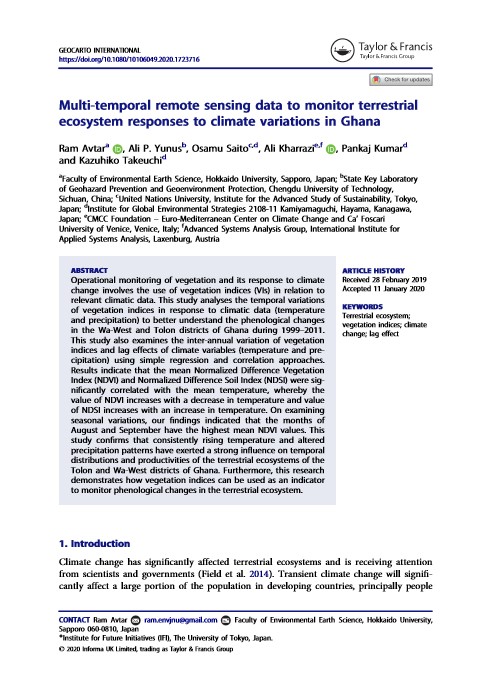In Sustainability
Since the 1990s, the Philippines has established numerous protected areas aimed at preserving re-gions with distinct biological and ecological characteristics. However, transitioning towards a more comprehensive approach to managing these protected areas, one that effectively conserves biodiversity while also supporting the welfare of local...

